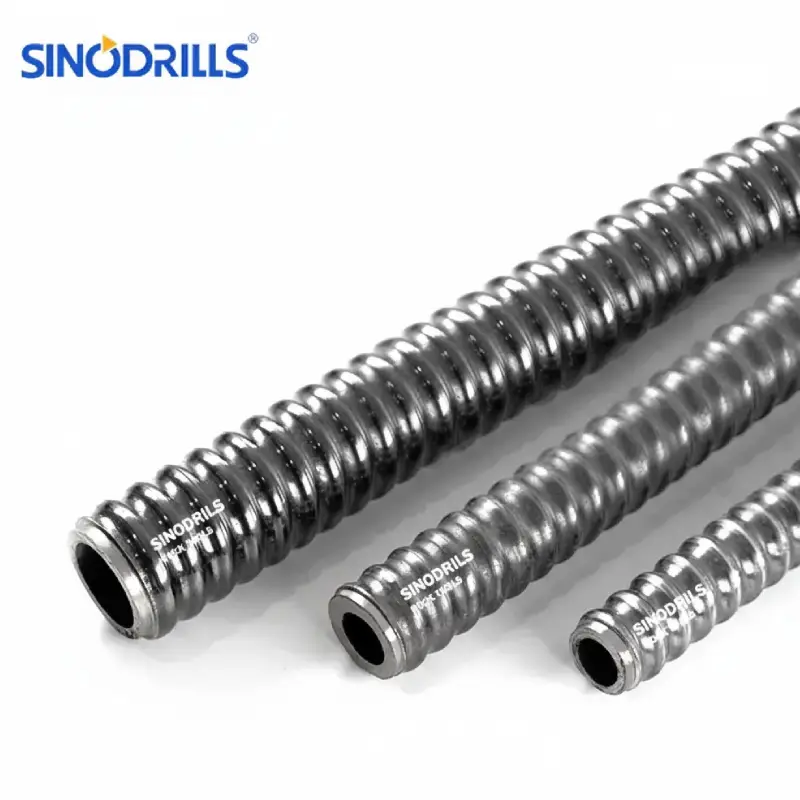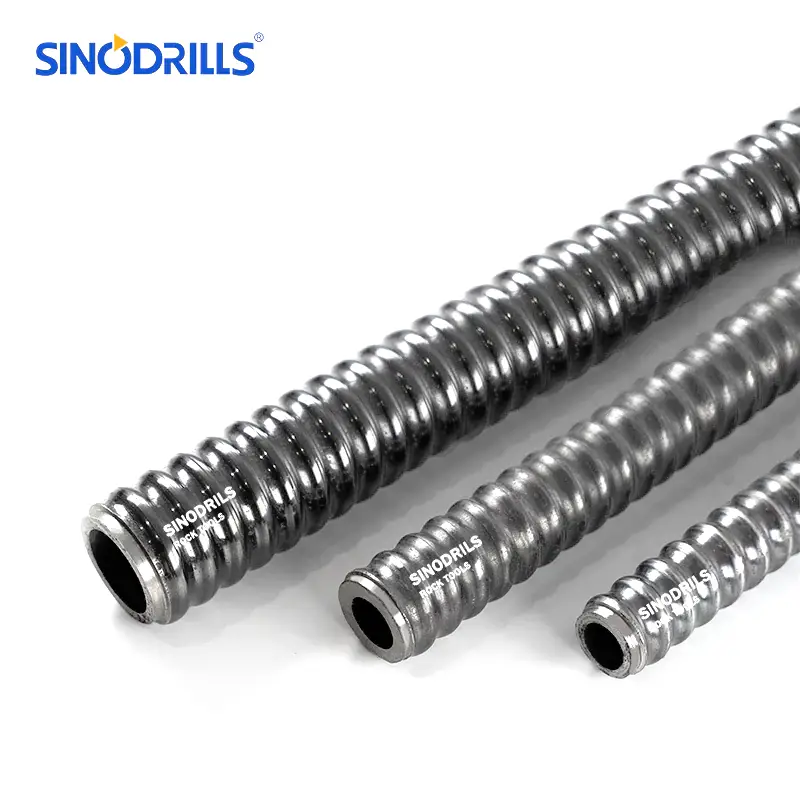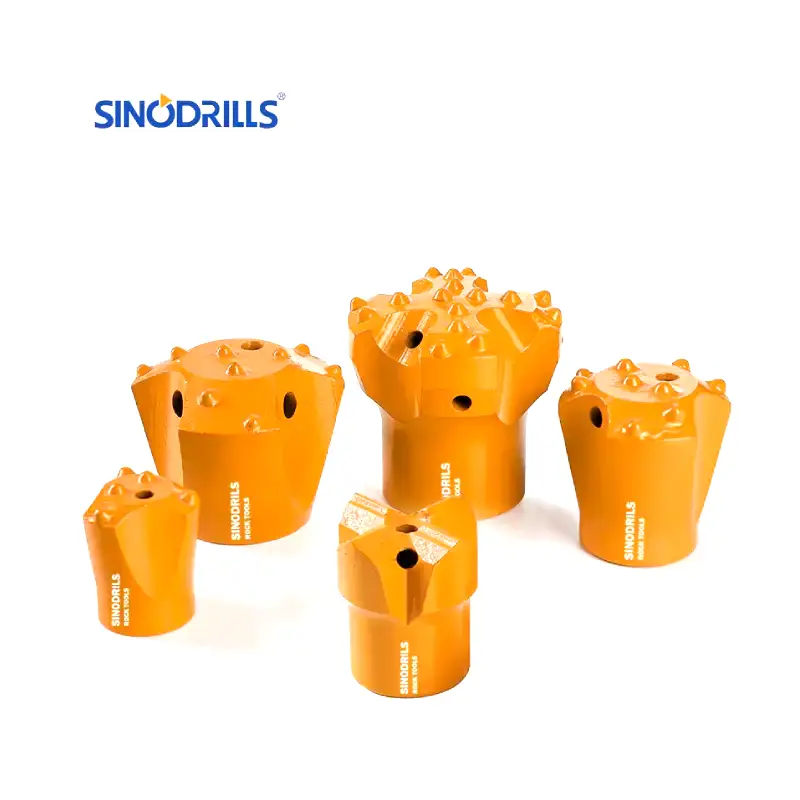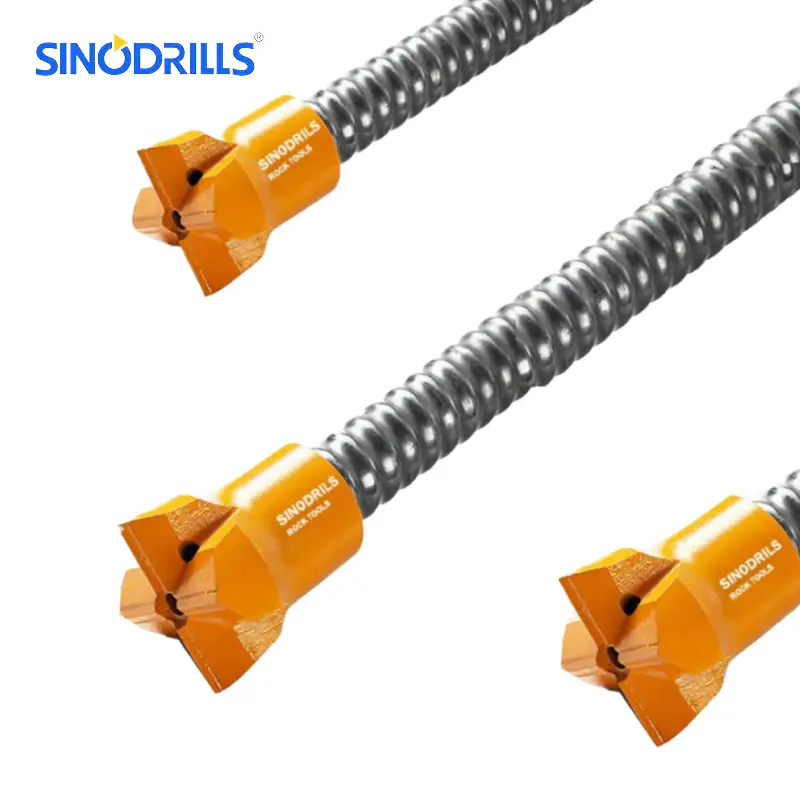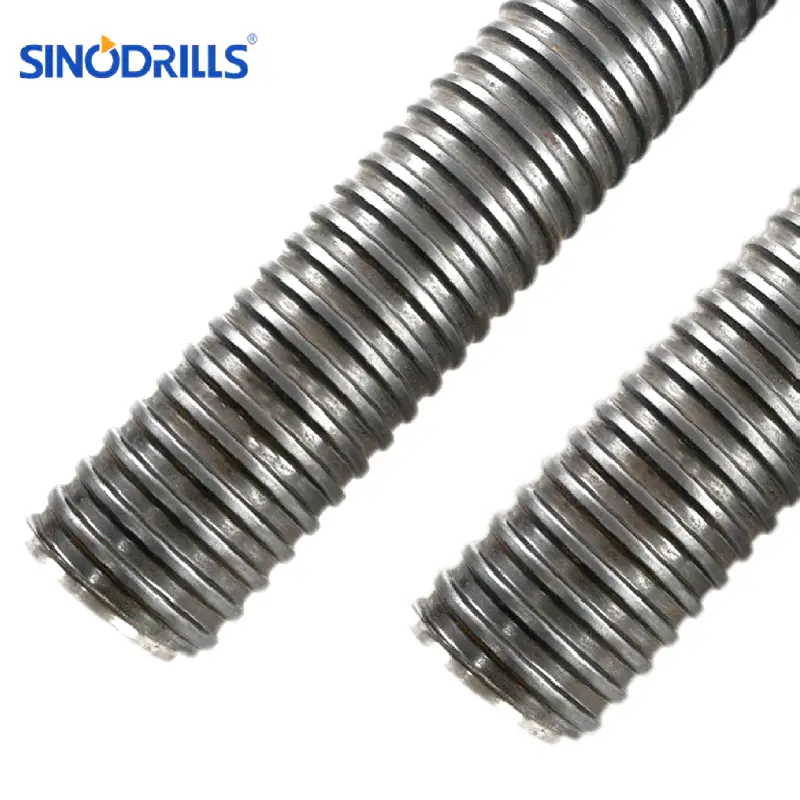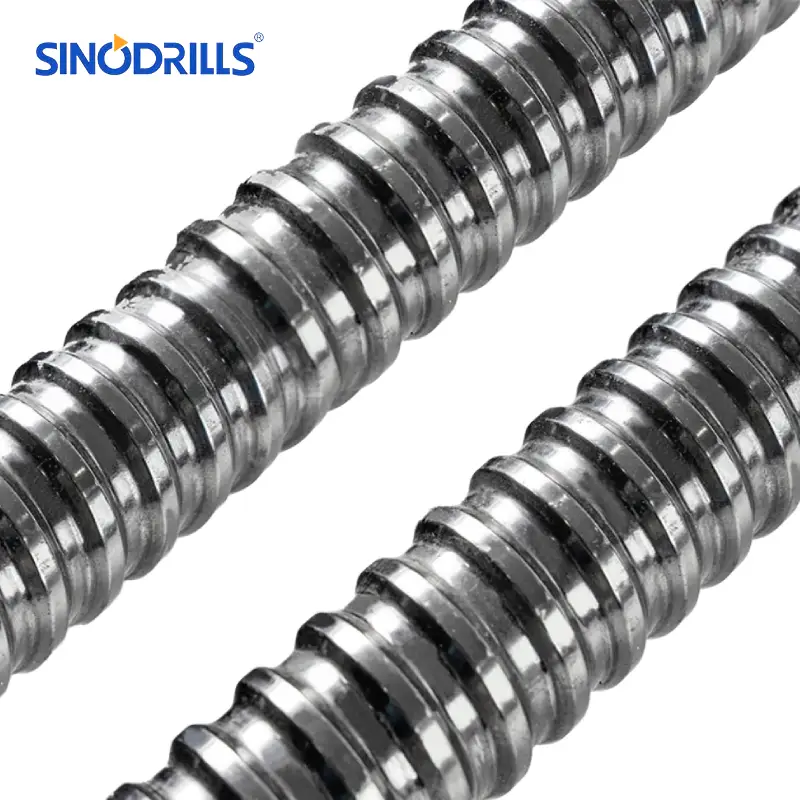Stabilizing rocks is a crucial process in construction, mining, and landscaping to prevent landslides, erosion, and structural damage. Proper rock stabilization ensures safety, durability, and efficiency in any project involving rocky terrains. Understanding the right methods and materials can make a significant difference in long-term stability.
This blog explores practical techniques for rock stabilization, including mechanical, chemical, and natural approaches. From retaining walls to rock bolts and netting, each method serves a specific purpose depending on terrain and project requirements. By applying these techniques effectively, you can maintain safe, stable, and sustainable rocky environments.
What is Rock Stabilization?
Rock stabilization is the process of reinforcing or securing rock formations to prevent landslides, erosion, or structural failure. It involves using mechanical, chemical, or natural methods to maintain slope integrity, protect infrastructure, and ensure safety in construction, mining, and landscaping projects. Effective stabilization prolongs durability and reduces environmental risks.
How to Stabilize Rocks?
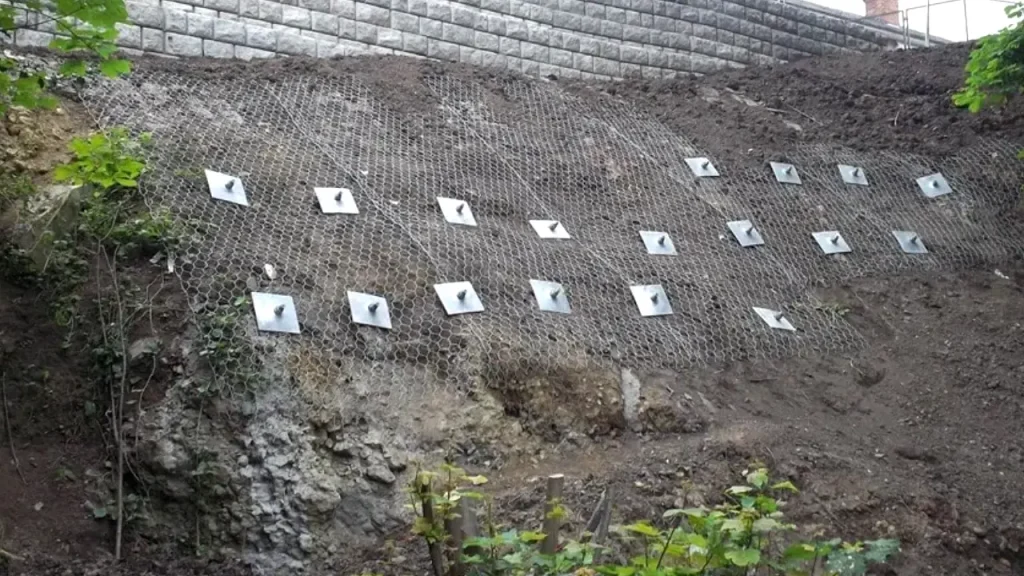
Stabilizing rocks is essential for safety and durability in construction, mining, and landscaping. By following systematic steps, you can prevent erosion, landslides, and structural damage. Below are practical steps to stabilize rocks effectively.
Step 1: Site Assessment
Before stabilizing rocks, conduct a thorough site assessment to understand the terrain, rock type, slope, and environmental conditions. This step helps identify potential hazards, determine suitable stabilization methods, and plan the placement of reinforcements accurately for long-term safety.
Accurate site assessment also includes soil analysis, water drainage evaluation, and geological mapping. Proper evaluation ensures the chosen methods match the site’s specific needs, reducing risks of failure. This step lays the foundation for efficient and safe stabilization processes.
Step 2: Mechanical Reinforcement
Mechanical reinforcement involves using rock bolts, anchors, retaining walls, or mesh nets to secure rocks in place. These methods provide structural support, prevent rock movement, and stabilize slopes, ensuring the safety of construction and mining sites in challenging terrains.
These reinforcements distribute weight evenly, reduce stress on unstable rock layers, and protect against natural forces like rain or seismic activity. When designed correctly, mechanical solutions enhance durability and reliability, making them a key part of effective rock stabilization.
Step 3: Chemical Stabilization
Chemical stabilization uses adhesives, grout, or resin injections to strengthen rock surfaces and fill cracks. This method binds loose particles, reduces permeability, and improves cohesion, ensuring that unstable rock sections remain firmly in place over time.
Applying chemical stabilizers requires careful planning, including selecting the right materials and quantities. Proper execution prevents over-saturation, environmental contamination, and structural weaknesses, making chemical stabilization an essential complement to mechanical methods for maximum effectiveness.
Step 4: Drainage Control
Controlling water flow is critical to rock stabilization, as water infiltration can weaken rock structures and cause erosion. Installing proper drainage systems such as channels, pipes, or surface grading reduces water pressure on slopes and prevents destabilization.
Effective drainage control also manages runoff, limits soil saturation, and directs water away from vulnerable areas. By maintaining proper moisture levels, this step enhances the effectiveness of other stabilization methods and prolongs the lifespan of reinforced rock formations.
Step 5: Vegetation and Natural Solutions
Planting vegetation or using natural ground covers can help stabilize rocks by preventing erosion and improving soil cohesion. Roots bind soil particles, reduce surface runoff, and provide a natural barrier against slope failures.
Combining vegetation with other methods creates a sustainable, environmentally friendly stabilization strategy. This approach not only protects the terrain but also enhances aesthetics, promotes biodiversity, and cost-effectively supports long-term slope stability.
Drill Bits for Rock Stabilization
Recommended Drill Tools for Rock Stabilization
Drill bits are essential tools for rock stabilization projects, allowing precise drilling for anchors, bolts, and reinforcement systems. High-quality bits improve efficiency, accuracy, and safety while reducing wear and downtime. Selecting the right drill bit type ensures optimal performance in various rock conditions.
Types of Drill Bits:
- PDC Bits: PDC (Polycrystalline Diamond Compact) bits are highly durable and ideal for hard rock drilling. Their diamond-coated cutting surfaces provide fast penetration, long service life, and consistent performance, making them suitable for rock bolting and stabilization in challenging geological conditions.
- Tungsten Carbide Bits: Tungsten carbide bits offer exceptional hardness and wear resistance, perfect for drilling through tough rocks. They maintain sharpness over time, ensuring precision and efficiency in rock stabilization projects, including anchor installation and structural reinforcement tasks.
- Roller Cone Bits: Roller cone bits are designed for drilling medium to hard rock formations. Their rotating cones crush and grind rock efficiently, providing controlled penetration and stability. These bits are effective for large-scale stabilization, mining, and construction applications.
- Hammer Drill Bits: Hammer drill bits combine impact and rotation to penetrate extremely hard rock. They are suitable for deep anchor installation, rock bolts, and concrete reinforcement. Their design ensures durability and minimizes vibration, enhancing safety and project efficiency.
- Core Bits: Core bits are used for extracting rock samples and creating precise holes for bolts or anchors. They are effective in both soft and hard rock formations, enabling accurate analysis and secure installation in stabilization projects.
Self-Drilling Anchor Bars for Rock Stabilization
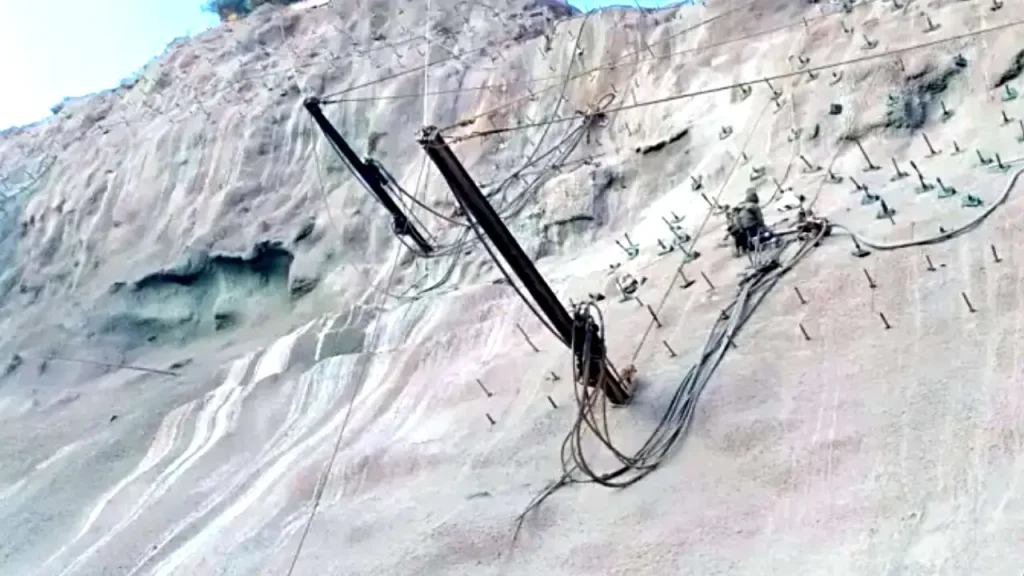
A self-drilling anchor system is a modern solution for rock stabilization, combining drilling and anchoring in one step. It ensures fast, efficient, and reliable installation of anchors in rock formations, improving slope stability, preventing landslides, and supporting construction and mining projects safely.
Key Features and Benefits:
- Integrated Drilling and Anchoring: The self-drilling anchor combines drilling and grouting in one operation. This reduces labor, equipment needs, and installation time while ensuring precise anchor placement. It is ideal for stabilizing slopes, tunnels, and mining structures efficiently.
- High Load Capacity: Self-drilling anchors are engineered to support heavy loads in rock formations. Their robust design allows them to withstand natural forces, ensuring structural stability and long-term safety in challenging geological conditions.
- Versatile Installation: These anchors can be installed in various rock types, including hard, fractured, or soft formations. Their adaptability makes them suitable for diverse applications, such as retaining walls, slopes, tunnels, and underground excavation projects.
- Durability and Corrosion Resistance: Made from high-quality steel with protective coatings, self-drilling anchors resist corrosion and wear. This durability ensures long-lasting performance, reduces maintenance requirements, and provides reliable rock stabilization over the years.
- Efficient Grouting System: Self-drilling anchors feature a built-in grouting system that fills voids and secures the anchor in place. This process enhances rock cohesion, prevents loosening, and strengthens the overall stability of slopes and excavation sites.
Best Practices for Slope Protection in Civil Engineering
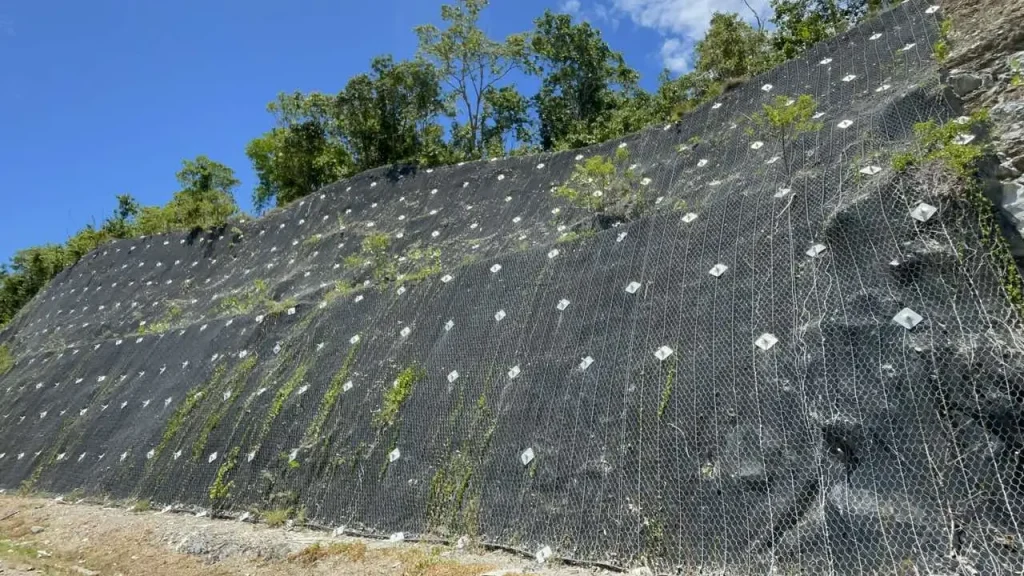
Best practices in slope protection are vital for ensuring the long-term stability and safety of civil engineering projects like highways and building foundations. Effective planning and execution, which involve selecting the most appropriate techniques based on geotechnical surveys, significantly mitigate risks like erosion and landslides. Adopting these proven methods ensures project longevity and protects both public safety and infrastructure integrity.
Best Practices for Slope Protection
- Comprehensive Geotechnical Investigation: Before any design work begins, conduct detailed analysis of the slope’s soil and rock characteristics. We must determine parameters like shear strength, groundwater levels, and potential failure mechanisms. This thorough investigation informs the most effective, site-specific stabilization strategy, preventing costly over- or under-design.
- Effective Water Management and Drainage: Controlling water is often the most critical factor in slope stability. Implement surface and subsurface drainage features, such as weep holes, French drains, and catch drains, to divert water away from the slope face and reduce pore water pressure within the soil mass. This directly enhances the overall shear strength.
- Selection of Appropriate Vegetative Cover: For slopes prone to surface erosion and shallow instability, establish a robust layer of deep-rooted vegetation. This practice, known as bioengineering, binds the upper soil layer, reduces surface runoff velocity, and adds minor reinforcement. Choose native, fast-growing species for the quickest and most ecologically sound results.
- Implementation of Structural Reinforcement: For high-risk or steep slopes, structural measures are necessary. Use techniques like rock bolts, soil nailing, geogrids, or retaining walls. These methods introduce tensile strength into the slope, increase internal resistance to sliding, and redistribute stresses to prevent mass movement failure.
- Regular Monitoring and Maintenance Program: Even after stabilization, a robust inspection schedule is mandatory. Regularly check for signs of distress such as tension cracks, bulging, or unexpected water seepage. Timely maintenance, including clearing drains and repairing damaged netting or shotcrete, ensures the long-term integrity of the slope system.
Conclusion
Proper rock stabilization is essential to protect both people and structures from potential hazards. By employing the right techniques, whether mechanical reinforcement, chemical treatment, or natural solutions, you can ensure long-term stability and minimize erosion risks in rocky terrains.
Understanding the types of rock and site-specific conditions helps in selecting the most effective stabilization method. Combining multiple approaches often yields the best results, enhancing safety and extending the lifespan of construction, mining, and landscaping projects.
For high-quality tools to support rock stabilization and drilling, get wholesale rock drill tools from our Sinodrills. Our equipment is designed for durability, precision, and efficiency, ensuring your projects run smoothly while maintaining optimal safety standards.

